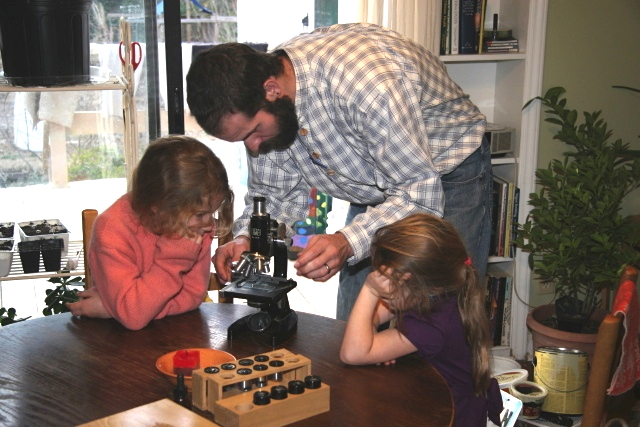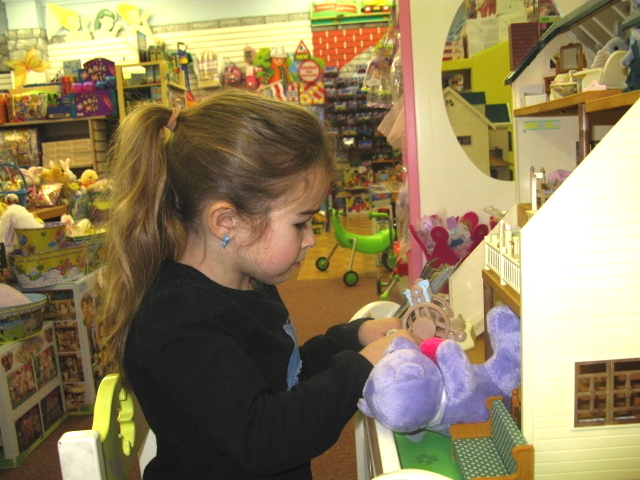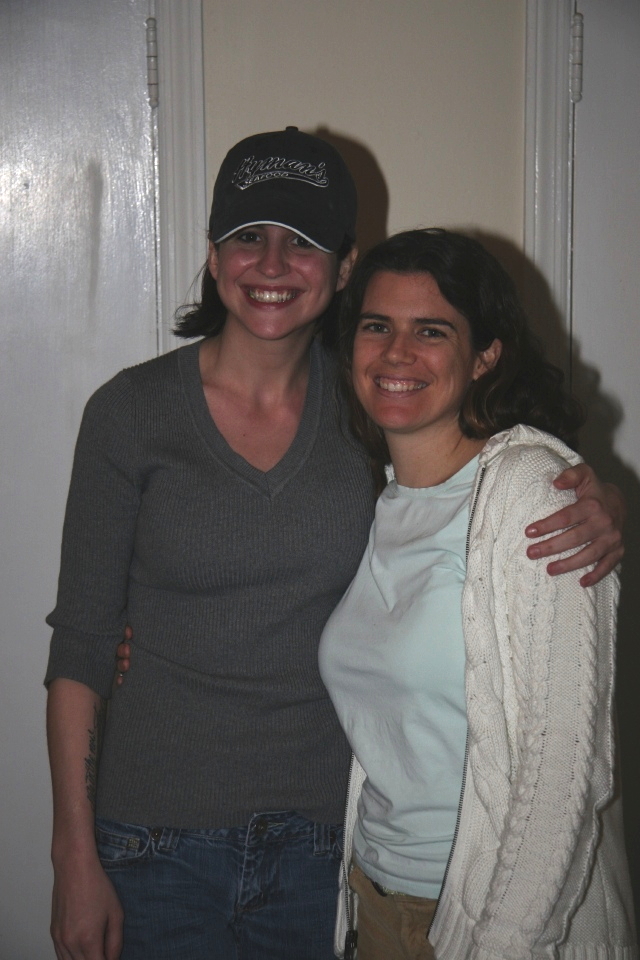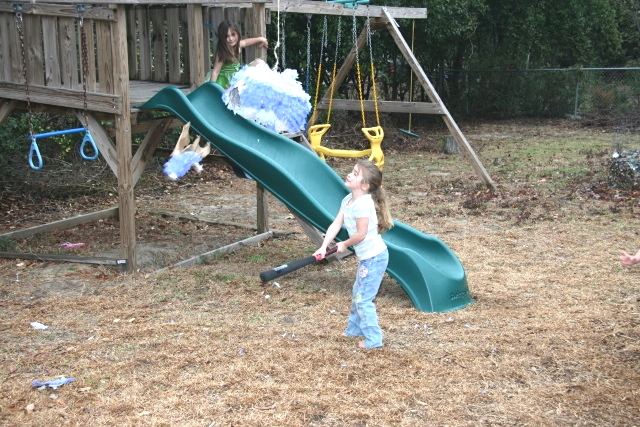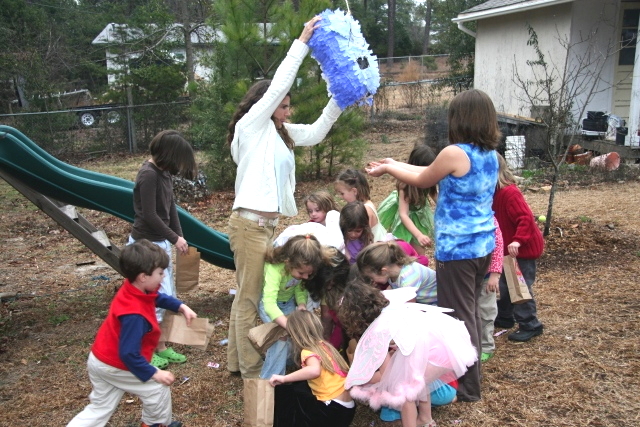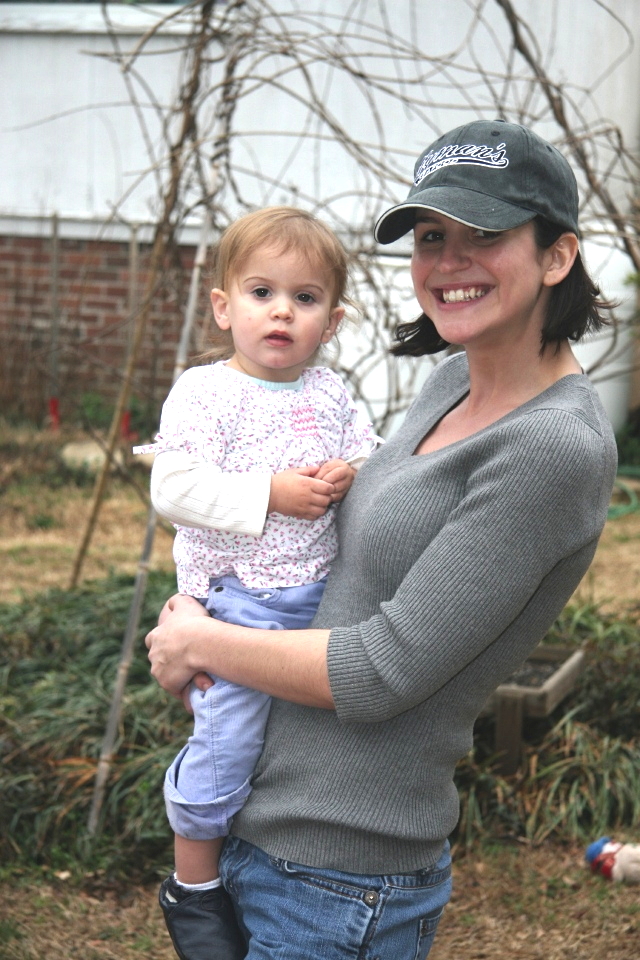
I am borrowing the following paragraphs without permission from the Jan-Mar 2005 health newsletter of Dr. Michael Greger, MD -- a plant-based MD who produces some creative DVD's summarizing latest health findings on an annual basis (proceeds going to charity). The paragraphs below are on the impact of the trace mineral boron on prostate cancer -- but I'm citing them for a different reason, to follow:
We've know that dietary boron intake likely strengthens one's bones and protects against arthritis, but its role in cancer prevention has remained a mystery. Epidemiological evidence over the last 4 years has shown that populations with high dietary intakes of boron did seem to have reduced prostate cancer risk, though. So to test the potential anticarcinogenic effect of this trace mineral, researchers at the University of California dripped varying concentrations of boron on human prostate cancer cells and found indeed that at boron levels achievable through dietary intake one could significantly retard the growth of prostate cancer cells.
Where is boron found? The best sources are nuts, fruits and vegetables. The most concentrated source of dietary boron on the planet seems to be flax seeds; the top five (according to USDA tests of 234 foods) are 1. flax seeds, 2. avocados, 3. peanuts, 4. prune juice, then 5. pecans. This is based on boron concentration by weight, though. Just because peanuts score higher than prune juice doesn't mean it's just as easy to drink a cup of peanut butter. Taking serving sizes into account, the most readily available source of boron is probably avocados.
Here's what I want to highlight: the fact that there is a heirarchy of foods containing the trace mineral boron, the top five being listed. Boron is a trace mineral, meaning it occurs naturally in healthy soil. If boron is in the soil, why don't all plants have an equal amount of it? Because different plants pick and choose the mineral and trace minerals that they uptake into their fruit.
Minerals/trace minerals are not found in plants (there are traces of minerals in plant seeds, absorbed from the host fruit) -- they are found in soil. Dr. Maynard Murray, author of
Sea Energy Agriculture, said that the main purpose of plants and their fruit was to serve as a transfer vehicle to pull minerals out of the soil and deposit them in fruit which we then eat. The above example of boron shows that certain plants uptake that trace mineral in larger quantities than others (and likewise for other plants and their fruits).
Two implications:
1. Soils can become deficient in minerals/trace minerals. There is no way to know, when looking at a fruit or vegetable in the produce department of a grocery store (or at a farmer's market) what its mineral content is (plentiful or deficient). The minerals in the produce are a function of the mineral content of the soil it was grown in. Thus, it pays to buy the food that you believe was grown in the best soil possible -- the soil that is continually being enriched with natural processes such as compost, plant rotation, natural soil amendments, rest, worms and other soil life, and cover crops. Louis Bromfield of Malabar Farm spoke of the ongoing mineral extraction this way: Minerals are constantly "walking" off your land in the form of animal flesh and bones (grasses eaten by grazing animals) and foods harvested for human consumption. If you don't return the minerals to the land, the soil will become so worn out (mineral deficient) that what is grown on it will be totally unfit for human or animal consumption. (That is, it will be deficient in minerals.) Conventional (non-organic) farmers usually restore fewer than a half-dozen minerals to their land each year: N (nitrogen), P (phosphorous) K (potassium), calcium (in the form of lime), and a few others. These are important, but none of these are trace minerals (like boron) -- those that make up the remaining 90+ elements on the
Periodic Table of Elements. Organic farmers' practices result, over time, in restoring a broader range of elements through the incorporation of cover crops (green manure), manures, and compost. It's another reason to eat foods grown by organic growers.
2. It's better to eat a small amount of LOTS of different plants than a large amount of a few. We all have our favorite plant foods, but since different plants extract different minerals/trace minerals from the soil in different quantities, we will get the greatest vareity of minerals by eating the widest variety of plant foods possible. We need to view the plant world as a giant buffet and sample as widely as possible. Sadly, grocery stores carry a VERY limited number of plant foods compared to what is available in nature -- another good reason to shop farmers markets where you are likely to find varieties not carried in the grocery store. All one need do is view pictures of a native, open-air market in a South American city to see foods that appear unfamiliar to us:




